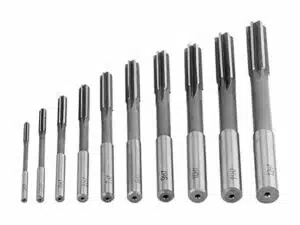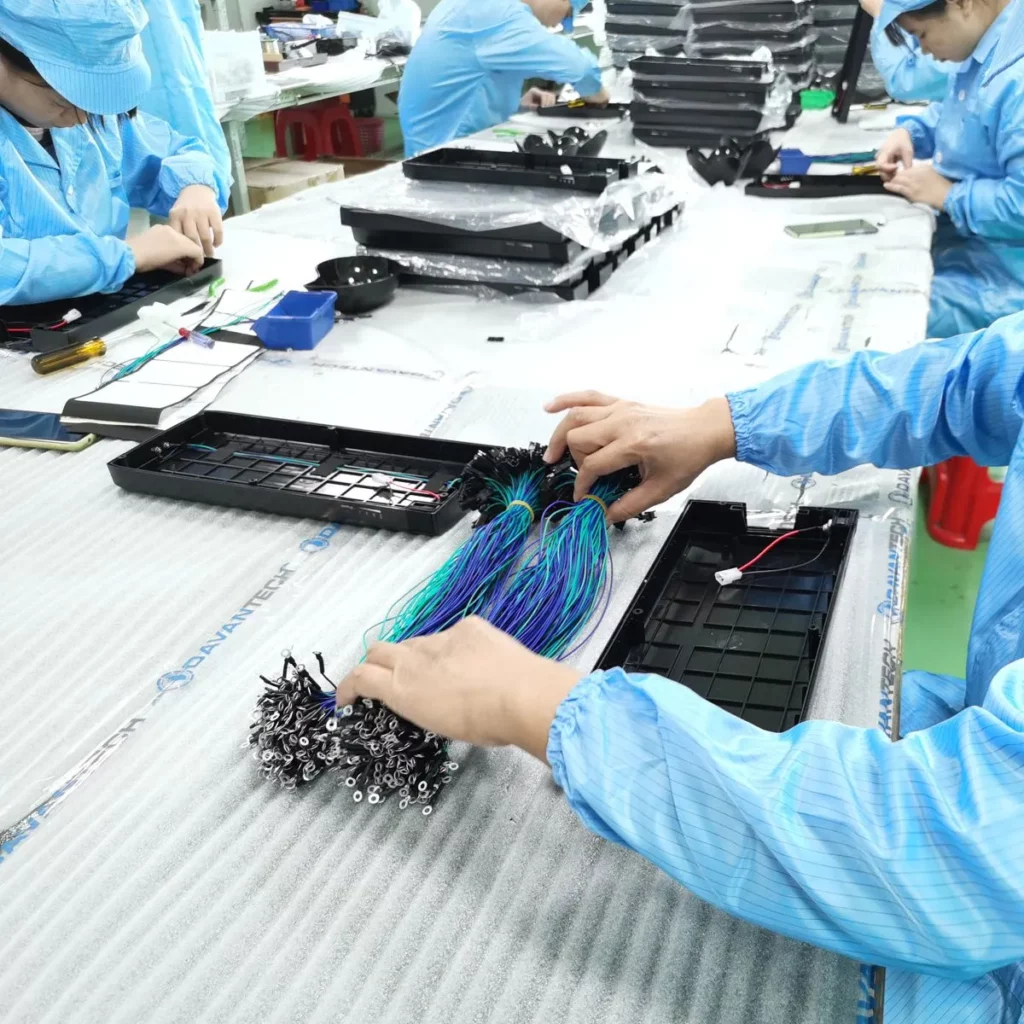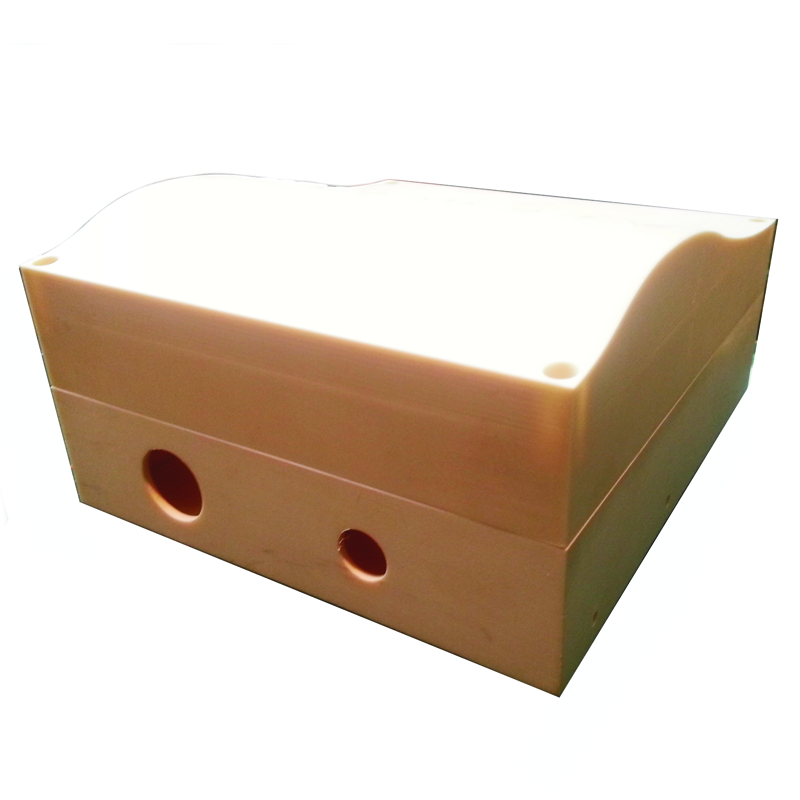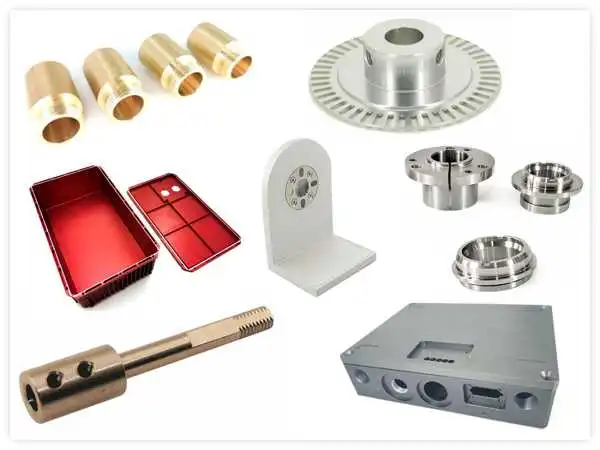What is reaming? Reaming is a precision machining operation. More specific, we use reaming to enlarge the diameter of an existing hole to a precise dimension and surface finish. It is a critical process in manufacturing, repair, and maintenance of components and machinery. To clirify, this process involves the use of a machining tool called a reamer that removes a small amount of material from the hole surface to achieve the desired dimension and finish. In this article, we will explore the reaming process, its benefits, types of reamers, and the applications in various industries.
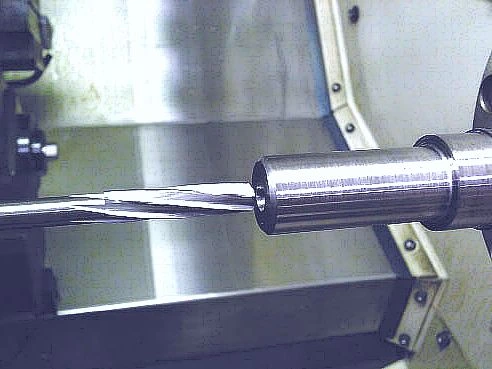
Reaming Process
Reaming is a finishing operation that follows drilling or boring. As one of the CNC machining processes, it involves the use of a multi-fluted cutting tool called a reamer that removes a small amount of material from the hole surface to achieve the desired dimension and finish. The reamer has several cutting edges, and each edge removes a small amount of material. The process is repeated until the desired diameter and surface finish are achieved. The reaming process is essential to ensure the hole is round, straight, and has a smooth surface finish.
The reaming process can be done by hand or machine. Hand reaming involves using a hand-held reamer to manually enlarge the hole. Machine reaming involves using a reaming machine such as a CNC machine or a drilling machine, that automates the reaming process. The machine reamer is mounted on a spindle that rotates at low speed, and the workpiece is held in a fixture that allows for precise positioning and alignment. The machine reamer is fed into the hole using a feed mechanism, and the process is controlled by the operator.
Benefits of Reaming
Reaming offers several benefits, including:
- Improved hole accuracy: Reaming ensures that the hole is round, straight, and has a precise diameter. This is important in industries such as aerospace, automotive, and medical where accuracy is critical.
- Improved surface finish: Reaming produces a smooth surface finish that reduces friction and wear. This is important in industries such as bearings, valves, and pumps where low friction is essential.
- Increased tool life: Reaming reduces tool wear and extends the life of cutting tools such as drills and end mills. This is because reaming removes only a small amount of material compared to drilling or boring.
- Cost-effective: Reaming is a cost-effective process compared to other machining processes such as grinding or honing. It is also faster and requires less setup time.
Types of Reamers
There are several types of reamers, including:
- Hand reamers: These are manually operated reamers that are used for small jobs and low-volume production. They are suitable for reaming soft materials such as plastics and non-ferrous metals.
- Machine reamers: These are automated reamers that are used for high-volume production. They are suitable for reaming hard materials such as steel and cast iron.
- Taper reamers: These are reamers that have a tapered cutting edge. They are used for reaming tapered holes and are commonly used in the automotive industry for reaming steering components.
- Adjustable reamers: These are reamers that can be adjusted to achieve different hole sizes. They are suitable for low-volume production and repair work.
Applications of Reaming
Reaming is used in various industries, including:
- Aerospace: Produce precise holes in aircraft components such as engines, landing gears, and fuselage.
- Automotive: The precision machining operation of making holes in engine components such as cylinder blocks, connecting rods, and crankshafts.
- Medical: Creating holes in medical implants such as hip replacements and dental implants.
- Oil and gas: Production of precise holes in oil and gas drilling equipment such as drill bits and casings.
- Manufacturing: Used in various manufacturing industries such as metalworking, woodworking, and plastics to produce precise holes in components.
- Bearings: Reaming is used to produce precise holes in bearings, which are used in various industries such as aerospace, automotive, and heavy machinery.
- Valves: Improve tolerances of holes in valve components such as valve bodies and valve seats. This ensures that the valve operates smoothly and efficiently.
- Pumps: Used to produce precise holes in pump components such as impellers and housings. This ensures that the pump operates with minimal friction and wear.
Reaming and Obtaining Tight Tolerances
The tolerances obtained by reaming, as a precision machining process, depend on various factors, including the size of the hole, the material being reamed, and the type of reamer being used. Generally, reaming can achieve tolerances in the range of +/- 0.005mm to +/- 0.025mm (or +/- 0.0002 inches to +/- 0.001 inches).
The tolerance obtained by reaming is affected by the cutting geometry of the reamer, the speed and feed rate of the reaming operation, and the rigidity of the setup. For example, a reamer with a larger number of flutes may produce a smoother surface finish and a more precise hole size, whereas a reamer with fewer flutes may remove material faster but with less precision.
It’s important to note that the tolerance achieved by reaming is also influenced by the initial size and shape of the hole. If the hole is not drilled or bored accurately, reaming may not be able to correct for the initial deviation, and the tolerance obtained may be outside of the desired range.
In general, reaming is a highly precise machining operation that can achieve tight tolerances and a high-quality surface finish. However, it’s important to carefully select the appropriate reamer and machining parameters for the specific application to ensure the desired tolerance is achieved.
Tolerance tables
Tolerance tables provide a standard set of tolerances for different machining operations, including reaming. These tables are based on the size of the hole being reamed, the type of reamer being used, and the material being reamed.
The International Organization for Standardization (ISO) has established a set of standards for tolerances in machining operations, including reaming. These standards provide a common set of tolerances that can be used by manufacturers and suppliers to ensure that components are manufactured to a consistent level of accuracy.
The ISO tolerance standards for reaming specify the upper and lower limits of the acceptable range of hole sizes for each reamer size. For example, for a nominal hole size of 10mm, an H7 tolerance (which indicates a hole size range of 10.000mm to 10.012mm) may be specified.
It’s important to note that the tolerances specified in the ISO standards are only a guide and may not be appropriate for all applications. The actual tolerance requirements for a specific application may depend on factors such as the intended use of the component, the material being used, and the assembly requirements.
Conclusion
Reaming is a critical precision cnc machining process in components manufacturing, repair, and maintenance of components and machinery. It involves the use of a multi-fluted cutting tool called a reamer that removes a small amount of material from the hole surface to achieve the desired dimension and finish. Reaming offers several benefits, including improved hole accuracy, improved surface finish, increased tool life, and cost-effectiveness. There are several types of reamers, including hand reamers, machine reamers, taper reamers, and adjustable reamers. Reaming is used in various industries, including aerospace, automotive, medical, oil and gas, manufacturing, bearings, valves, and pumps.
